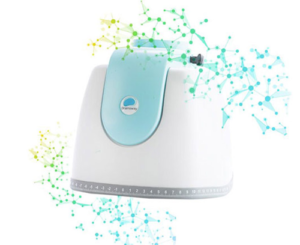Stimulation Location and Frequency
For depression, I typically use left-sided stimulation of the dorsolateral prefrontal cortex. In contrast, some investigational anxiety protocols target the right side with low-frequency stimulation, often around 1 Hz, delivered over 20 to 30 sessions.

What is TMS Therapy for OCD?
TMS therapy for OCD is a noninvasive brain stimulation treatment designed to target circuits linked to obsessive-compulsive behaviors. It can be an effective option when symptoms are resistant to traditional therapies. TMS protocols for OCD use different targets, settings, and sometimes different equipment than those for depression. Because OCD is often more treatment-resistant, these plans tend to be more assertive, typically involving 20 to 30 sessions of 18 to 20 minutes each. Physician-supervised programs that follow well-studied protocols, combined with exposure-based psychotherapy and appropriate medications, are recommended for the best outcomes.
Does TMS Get Rid of Anxiety?
TMS can help reduce anxiety, particularly when it occurs alongside depression. For stand-alone generalized anxiety, the evidence is still limited and preliminary. Some right-sided TMS protocols show promise, but they are not yet considered standard first-line treatment.
Author: Dr. Hong Yin

Hong Yin, MD, has been a practicing medical professional in the Milwaukee community since 2012. She understands that your health and wellness concerns extend beyond routine medical care. She’s a highly trained, board-certified psychiatrist who provides an array of comprehensive services and procedures to help people overcome mental health problems.
